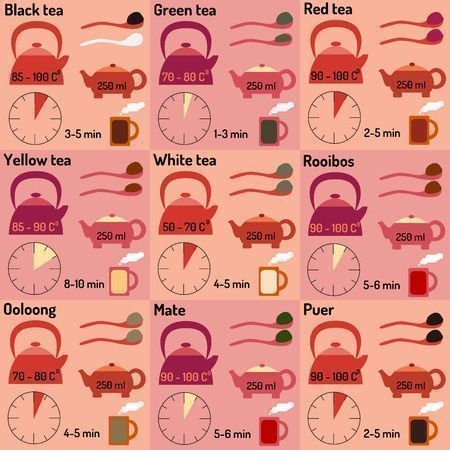As I am gearing up to make my way to Stockholm, Sweden to attend the Fine Water Summit, I am putting my finishing touches onto my presentation. I will be highlighting opportunities between the tea industry and the fine water industry and hopefully open avenues and amplify the message for both industries.
What I admire the most about both industries is the passion people have for their product. I have now met many people around the world who have the great ability to tell a story about wonderful high-quality loose-leaf teas and fine waters. Both communities are filled with an extraordinary drive to show the public a side that will add value to their day to day lives. Both the water and the tea communities are filled with giving people who will go out of their way to connect you to their product.

Myanmar
Myanmar has a diversified tea culture. Tea is everywhere. During meals in tea shops, in tea breaks during the day, it is present in many shapes and forms. Often you find simple Chinese green tea, but often Myanmar people will enjoy their tea with milk and sugar. Everybody has their own preference: stronger, sweeter, lighter, not so sweet. It is in the moment a culture of purified water, something I am gearing up to speak further about. Slowly I am seeing that people are mindful of their choices and try to incorporate one of the few brands of spring water which are available.

In a country with a lot of people having little or no income, it’s no easy task to use spring water, but the trend is positive. People are starting to see the need for proper hydration and the need for minerals in their daily fluid intake. I see the start of people becoming aware of the advantages of certain brands and most importantly, the differences in taste. It is my goal to shine a more prominent spotlight onto water and tea and pull them out from the back of the menu to become more front and center in a dining experience.

If you are a manager at a workshop, a restaurant chef in a fine restaurant, a teacher in a busy school or a student in a university, water and tea play an important role your life. Many people appreciate these beverages and select their favorite brands or type as they bring them joy and happiness into their often demanding and busy lives. Some people however take these liquids for granted. They accept an average taste as the norm, without knowing what taste, flavor and aroma water and tea are capable of. They are happy to down a glass of tap water to quench their thirst quickly. They dunk a cheap tea bag into a cup of lukewarm water and are happy with the tea-like taste in their cup.
The journey
That is the journey that fascinates me. To connect amazing products to amazing people, who deserve better then just a cheap tea bag or tap water. We all work hard and look for the best possible life, a life full of happiness, joy and fulfillment. Affordable luxury can be had simply by upgrading the tea quality to a loose-leaf tea or by selecting a nice spring or mineral water. We just need to reach out and invest a little to gain big. If relatively simple products such as tea or water can make a difference, how can we achieve this?

Over the past months I have faced the challenging task to bring that message to the public, one person at a time. I found it a victory of the day, when I convinced a shopper in a supermarket in Myanmar to try a spring water rather then the purified water. During my stay I enjoyed in-depth talks with restaurant owners to find avenues for them to fine waters as profit centers for their restaurants and to add another layer to their story. I treasure the talks with water brand owners who want to seek further reach of their product in the global market. I sense, that we are on the way of opening up the fine water industry to a larger segment of the public.
Sommelier
As a sommelier, I aim to add value by exploring interesting ways of connecting tea and water. I explore the different taste structures and present my readers with a small token of information which might get people thinking. Many people do not think about paying attention to their tea water. They are not aware of the possibilities to amplify the taste experience of their beverage.

Many people think, that ‘water just tastes like water’. It is my mission and objective to find the different layers and provide you with a sense of exploration and become more mindful when we taste. How do I describe the taste of water? What difference does that make? What are the products which can change by using different waters in tea? How important are water and tea for my wellness and health?
These are questions I plan to tackle in Stockholm in a few days. I am looking forward to immersing myself in discussions with the champions of the fine water industry and find inspiration in their work and presentations. And I hope I can add a little bit of value to what I am sure will be a fantastic event.

I will certainly bring you a recap of the fine water summit on my blog in the coming days.
Watch this space and stay thirsty!



























































